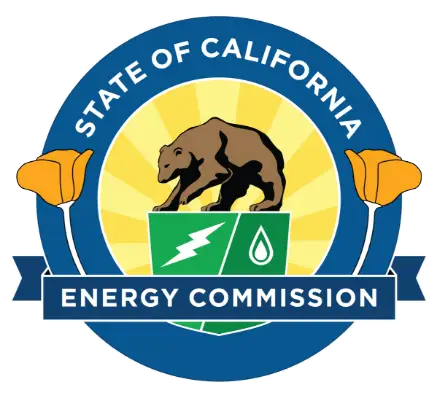Working with EPCs — End-to-End Renewable Energy Engineering Learn More

Energy Benchmarking Services —
Your turnkey solution for compliance

Energy Benchmarking
Blymyer Engineers has specialized expertise in Energy Benchmarking and performs this service for a wide range of companies throughout the state.
Our benchmarking experts handle all of the details
- Data compilation and completion of all paperwork
- Submittal of the final report to the state on the client’s behalf
Reporting can be done in two ways
- Clients give all energy bills to Blymyer for tabulation and analysis
- Clients link Blymyer to their utility account on the ENERGY STAR® Portfolio Manager for automated data collection and streamlined reporting
Our benchmark experts have extensive experience and thorough knowledge of compliance guidelines, which makes Blymyer ideally suited for energy benchmarking reporting.
A key advantage of working with us: certainty
Different local jurisdictions in California have different reporting requirements. Based on our extensive experience in energy benchmarking across the state, we know how to navigate these differences. So you can be assured that everything is done correctly and in full compliance.
Who has to report energy benchmarking
The California Energy Commission requires owners of large commercial and multifamily residential buildings with approximately 50,000 square feet of floor area to report their total energy usage (from electric and gas) by June 1 annually. But actual square footage requirements vary by location in California. and Blymyer knows these requirements.
A multi-step process that leads to valuable insights
Energy Benchmarking involves a series of steps and procedures:
- Data collection – Gathering energy consumption data from utility bills, building management systems, and other relevant sources.
- Calculation of metrics – Calculating energy use intensity (EUI) by dividing total energy consumption by building square footage.
- Comparison to benchmarks – Comparing a building’s EUI to similar buildings in the same climate zone or building category, using standardized benchmarking tools like ENERGY STAR Portfolio Manager.
- Identifying inefficiencies – Analyzing the data to identify areas where a building is performing poorly compared to its peers, indicating steps that can be taken for better energy savings.
- Tracking progress – Regularly benchmarking to monitor improvements in a building’s energy efficiency over time.

This process provides a baseline understanding of a building’s energy usage, combining energy bills with basic physical and operational characteristics of a building (such as size, use type, and hours of operations). This information is entered into a free online tool—the U.S. EPA’s ENERGY STAR® Portfolio Manager—and a score is generated to track the building‘s performance over time and compare it against those of peer buildings.
Need assistance with Energy Benchmarking for your facility?